-
I use to write up design documents directly in Confluence, as we use that as our knowledge base, but recently I’ve started drafting them in Obsidian. And it’s wonderful. So little friction with getting my thoughts down, especially when it comes to diagrams. Builtin support for Mermaid.js is great.
-
Launched Logic Pro and did some MIDI recording this evening. Here’s an except from “Top of the Morning” from Tubular Bells 3.
-
Yes, PA equipment organised: two speakers, a mixer, and cables. I’ll have to drive to Windsor to pick it up, which is a bit of a hike for me, but I’m glad that’s sorted now.
-
Goland updated to the latest, and the issue I was having with the debugger last week has been resolved. Curious how upgrading to Go 1.21 seems to freak an old version of Goland out when you hit a breakpoint. Would’ve have though that would be fine. But no matter, it’s all working again.
-
All aboard the Goland upgrade train. Calling at 2022.1.4, 2022.2.28, 2023.1.45…
-
If I can recommend one thing anyone with a PA hire service should do, it’s to have specifics of the equipment you offer for hire up on your website. Photos (front and back), size, whether it’s suitable for outdoors, etc. All this would be super useful for someone working out what they’ll need.
-
Been out all morning trying to find someone that does PA hire. Drove to three different locations I found on Google Maps. Two of them are no longer there, and one is only selling consumer audio instead. Now trying someone that does PA hire from their home. Good thing is that they’re close.
-
Looks like the Go debugger has already checked out for the week. I’m trying to debug this unit test and it’s refusing to start the app. It’s just showing me an eternal spinner.
-
Pixel Phones Are Not Dog-food, and That's a Problem
John Gruber on the Pixel 8 launch event: It’s also impossible not to comment on just how much less interest there is in Google’s Pixel ecosystem. […] On the one hand I’m tempted to say the difference is just commensurate with how much better at hardware Apple is than Google. But I think there’s more to it than that. There’s something ineffable about it. There are aspects of marketshare traction — in any market — that can’t be explained by side-by-side product comparisons alone. Continue reading →
-
I’m shutting down Untraveller. I can’t resolve the tension of wanting a comprehensive, but really dry, account of a trip, vs. making it interesting for others to read. I think a Day One journal is more suitable for this.
May keep the domain though. One of the rare ones that worked off the bat.
-
Vivaldi occasionally lockups when I bring up the context menu. I think it happens when it tries to makes a network request for the search icon.

I can remove the menu item if I wanted to, but I’d like to keep it around as I do find it useful. It would be nice to turn the icon off though.
-
Had to go to the new office today so I tried out the commute. The walk from Southern Cross to the office is exactly 20 minutes.
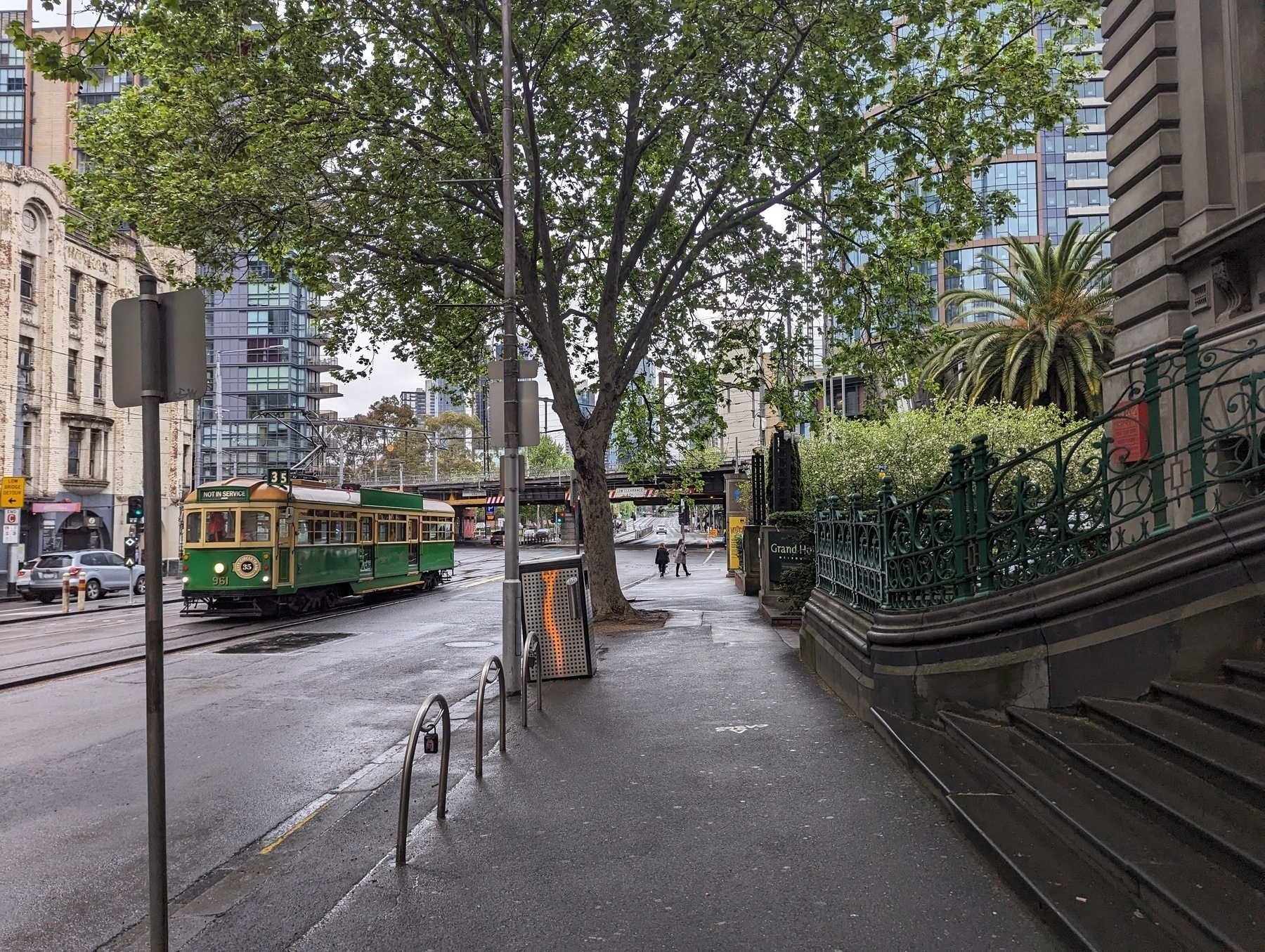
-
Organising travel documents for an upcoming work trip. I used to rely on Google Inbox for this. The way it ingested your itinerary and hotel booking was useful, but the thing I miss the most were the high quality banner images of your destination. Really nice touch.
-
Your Dev Environment is Not Your Production Environment
There will be certain things you’re going to need to do in your development environments that you should never do in production. That’s pretty much a given: playing around with user’s data or potentially doing something that will cause an incident is generally not a good idea. But there are things you shouldn’t do in prod that you may need to do in dev. And make no mistake, there may be a legitimate need to do these things. Continue reading →
-
It’s so much easier to post about how something others have worked on could be made better than it is to write about what I’ve been working on. I think there’s room for both on this blog, but I feel the balance is too many posts on the former and not enough on the latter. I’ll try to do better here.
-
Don’t want to turn this into the “look at what’s wrong with Atlassian’s software” blog, but I found another thing that annoys me about Confluence:

Clicking on a status label brings up a picker, giving you options to change the colour, etc. The picker appears below the label, which usually means it blocks the next thing I want to modify, like the status label in the row below. I need to dismiss the picker first before I can select the label I want to change next.
It’d probably be better if the picker appeared above the label instead.
This is also an issue with dates and links to Jira tickets as well, although with Jira tickets you’re required to make edits within a modal.
-
Given the number of times I make wiki pages that are little more than pseudo-databases-as-a-table, it would be nice if Confluence had a way to make this better. Maybe something like Notion databases, just to organise information a little neater than the free-for-all you get from tables.
-
Day 30: treasure
This one’s inside a box without hinges, key, or lid. #mbsept

-
Day 29: contrast #mbsept

-
Day 28: workout
It was a quiet evening in the gym that evening, which is unusual for a Thursday. I suspect that bolt of lightening that blew up a nearby transformer scared people away. #mbsept
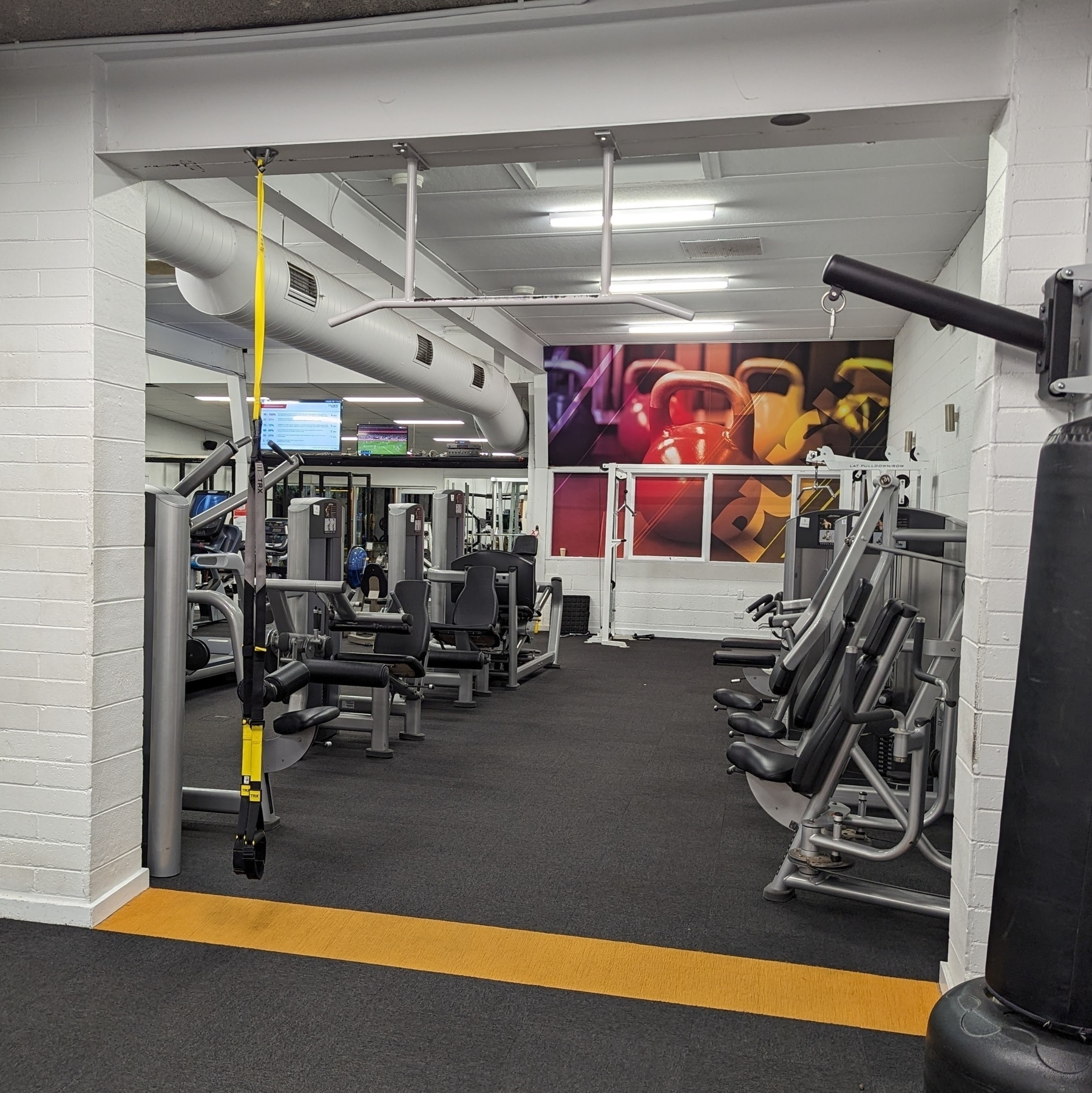
-
After having some success getting my early QBasic programs running in the browser I had a bit of a look this morning to see if I could do the same for my Delphi apps. I found a project called BoxedWine which looks promising. Seems to be a minified version of Wine that that runs in browser using WASM.
I downloaded the example and had a bit of a play around with a Tetris clone I built. It worked… to a degree. It was a little slow, and some of the colours were off. But it ran, and was actually usable.
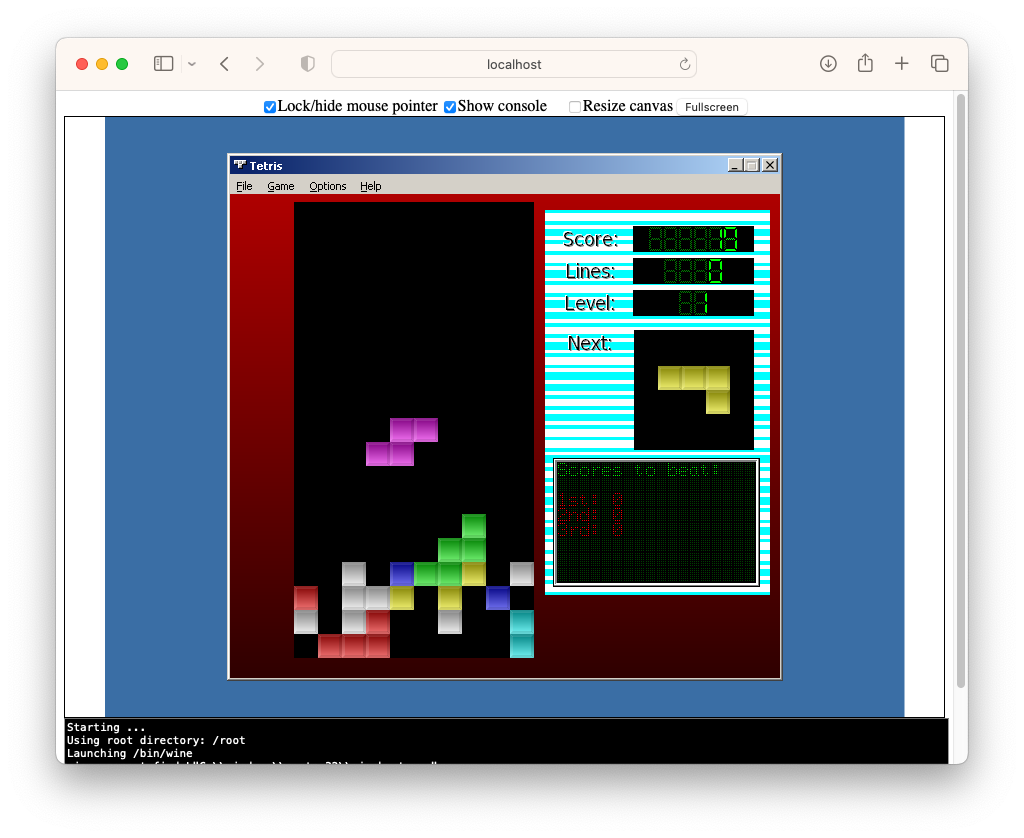
I did another test with an app that used OpenGL, which was less successful.
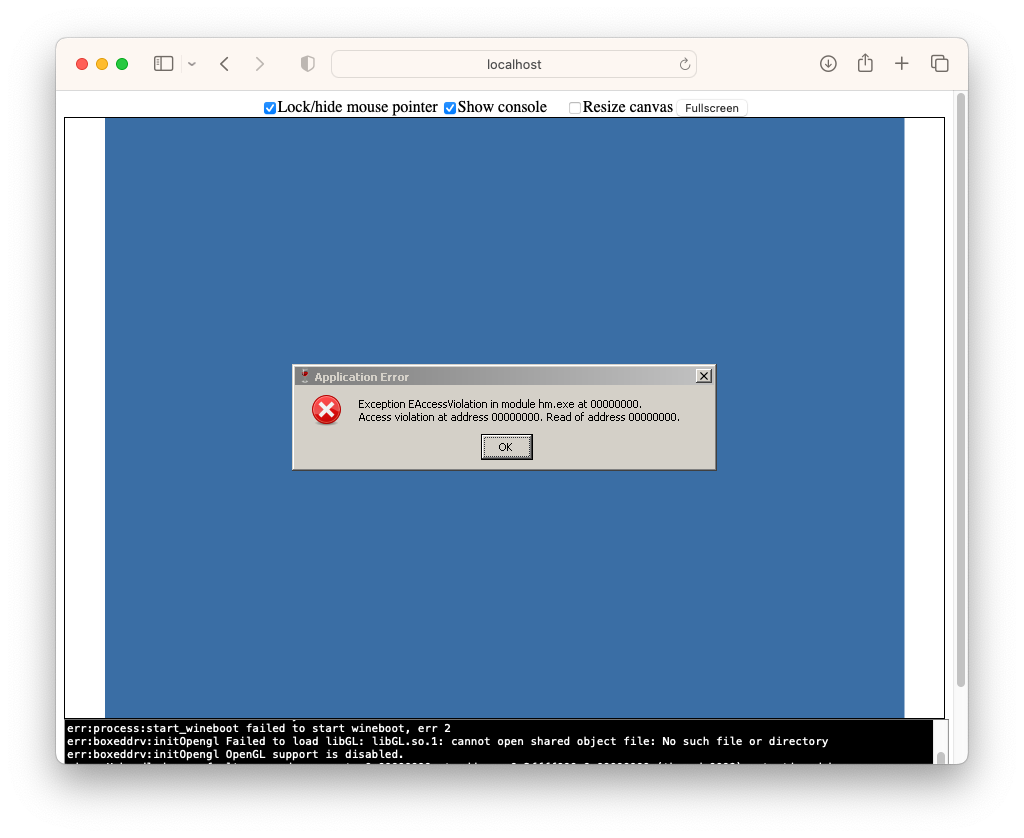
I think some of the OpenGL shared objects are not in the minified Wine distribution it was using. It might be possible to include them: there are instructions, and a few demos, on how to load files from the full Wine distribution on demand.
Anyway, not sure if I’ll pursue this further but it was a fun little exercise nonetheless. I’m pretty impressed that this is even possible at all. The Web stack is pretty freaking awesome.
-
Day 27: embrace
Photo credit goes to my sister, who captured this pair showing affection for each other. #mbsept

-
Day 26: beverage #mbsept
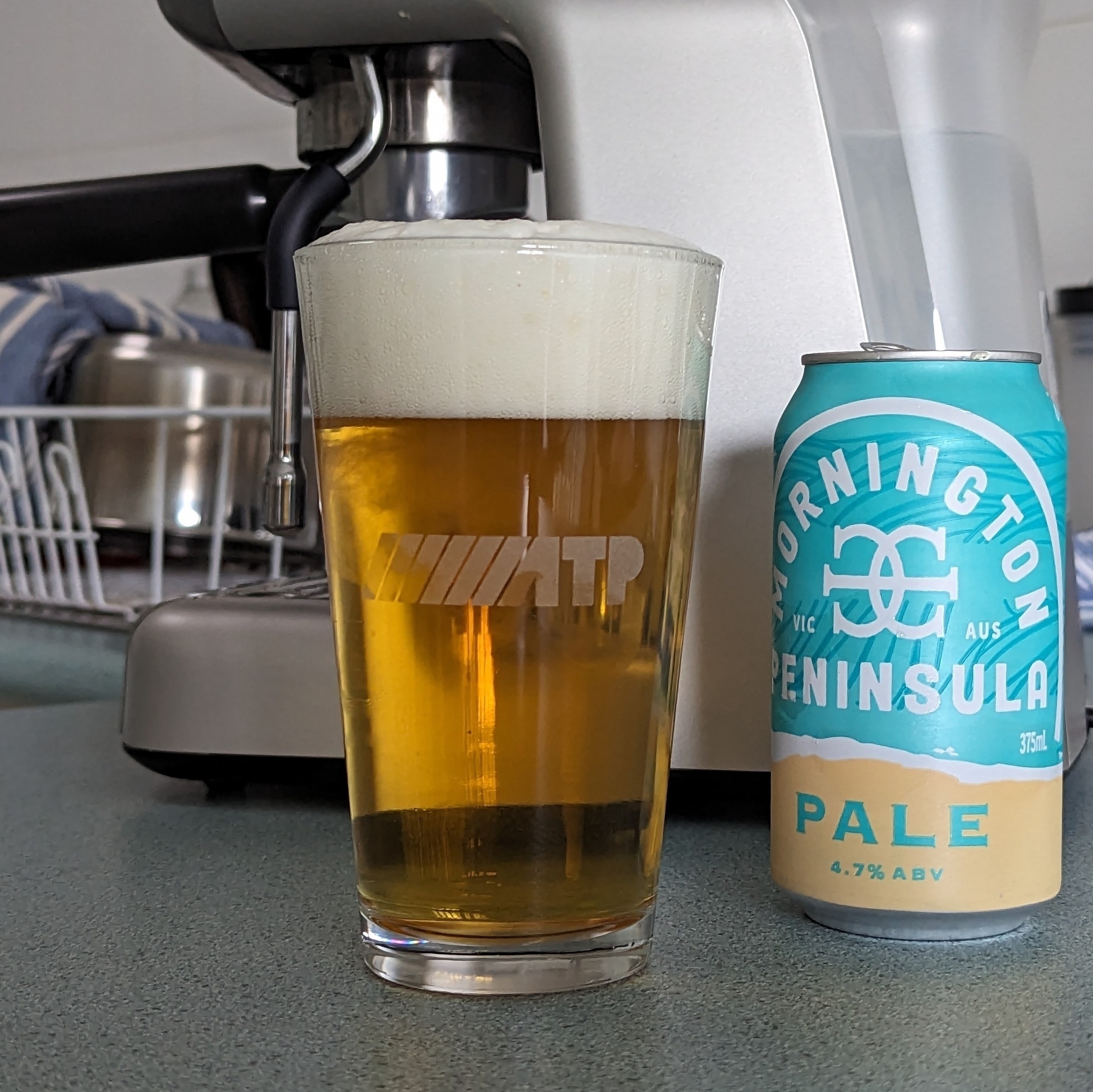
-
Day 25: flare #mbsept

-
Day 24: belt
Sometimes a 40 inch belt is just a 40 inch belt, as I realised when I bought mine (honestly, they should describe belt lengths as a range: 38 — 42 inches, for example). #mbsept
